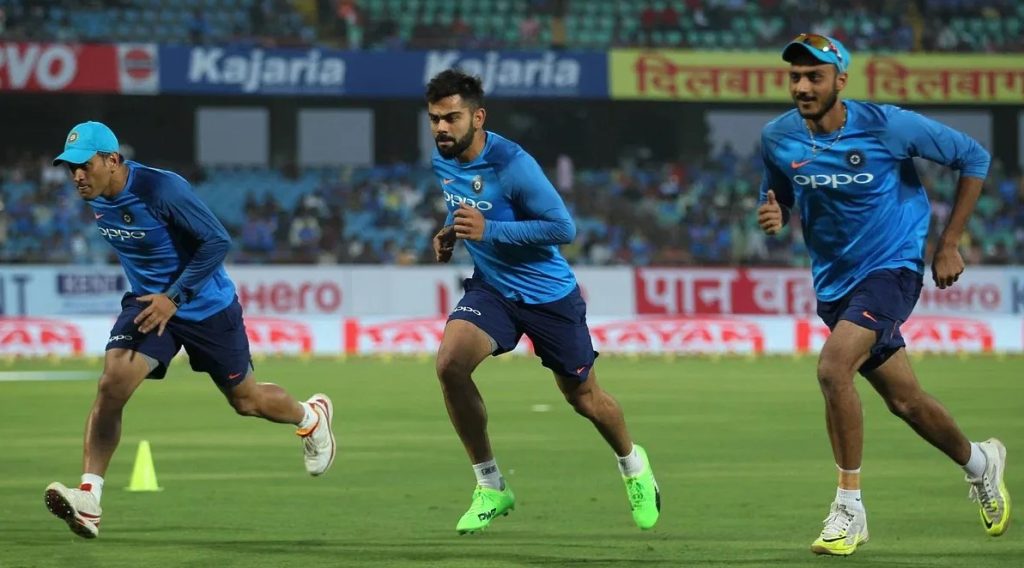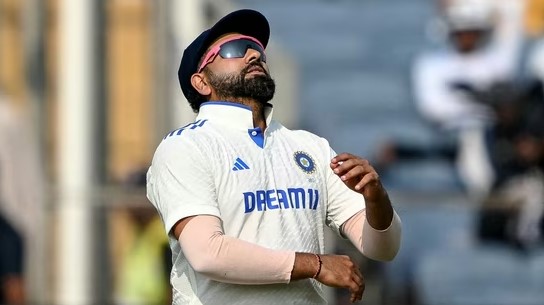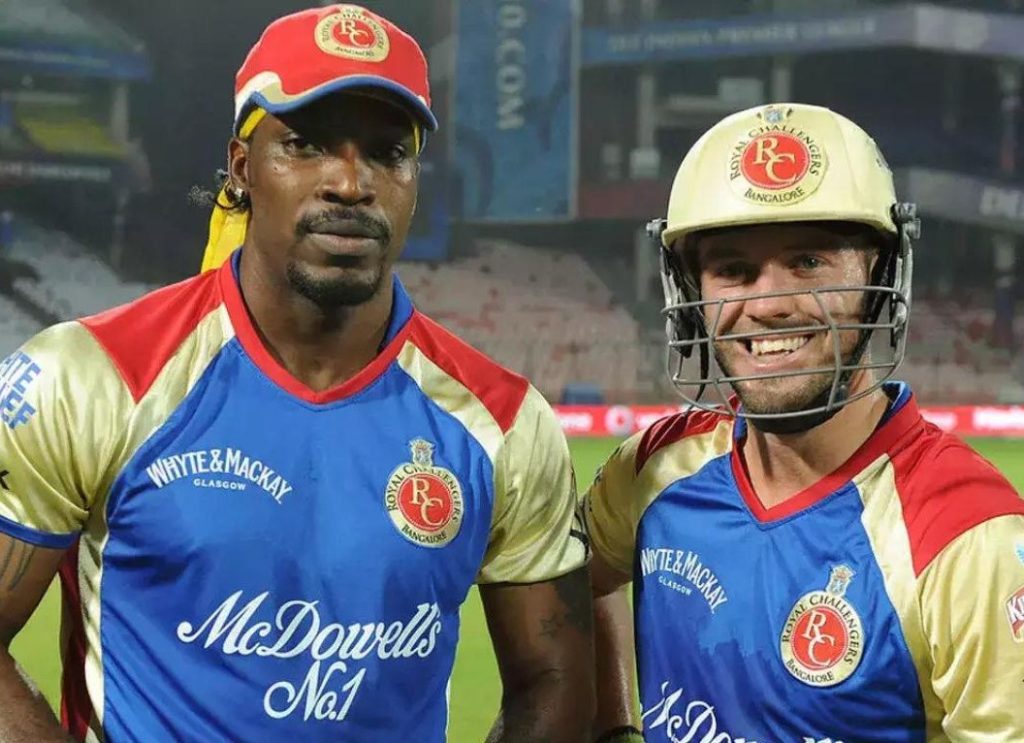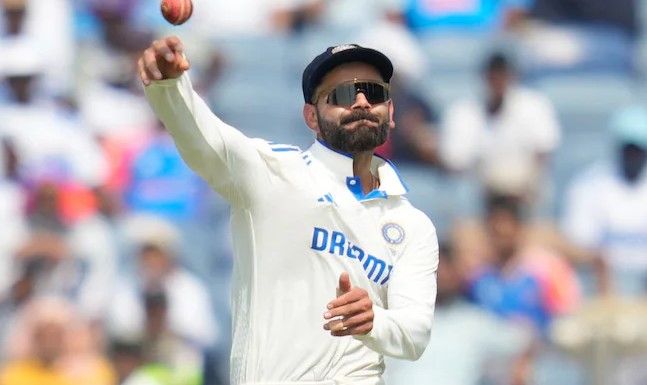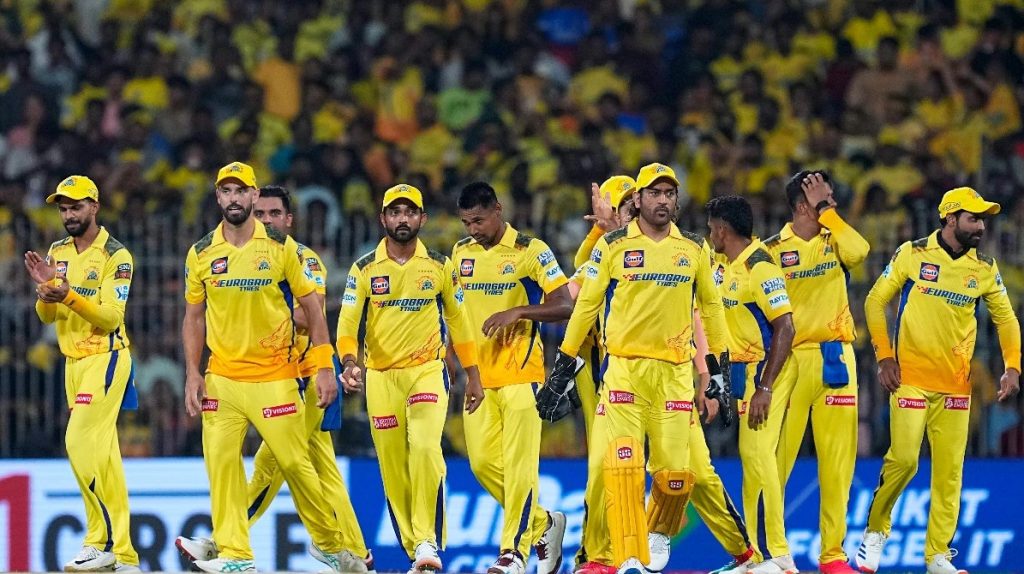Yo-Yo Test in Cricket: The Yo-Yo Test has become an important measure of fitness in modern cricket, especially for assessing a player’s endurance, stamina, and aerobic capacity. It is a fitness test widely used by national cricket boards, including the Board of Control for Cricket in India (BCCI), to evaluate the physical fitness levels of cricketers. The test is often considered a vital part of a cricketer’s overall training regimen and is used by coaches and selectors to ensure players meet the required fitness standards for top-level competition.
In this article, we will discuss what the Yo-Yo test is, how it is conducted, its significance in cricket, and how it has influenced modern cricketing standards. Additionally, we will look at how different players have performed in the Yo-Yo test and the impact it has had on their selection for international teams.
Yo-Yo Test in Cricket: What is the Yo-Yo Test?
The Yo-Yo Test, also known as the Yo-Yo Intermittent Recovery Test (Yo-Yo IR1), is a cardiovascular endurance test designed to measure a player’s aerobic capacity. Unlike traditional endurance tests, the Yo-Yo Test is unique in that it involves short bursts of intense activity followed by brief periods of low-intensity recovery. This mimics the nature of cricket, where players alternate between periods of high intensity (e.g., running between the wickets, fielding) and recovery (e.g., walking, fielding in breaks).
How the Yo-Yo Test is Conducted
- Running Intervals: Players run back and forth between two markers (typically set 20 meters apart) in a shuttle run fashion.
- Speed Levels: The test starts at a relatively slow pace and gradually increases in speed. The pace increases every minute or so, and the players must maintain the required pace to avoid being “out”.
- Recovery Periods: After each shuttle, players are given a short recovery period (usually 10 seconds), after which they continue to run at the increasing speed.
- Completion: The test is completed when a player cannot reach the marker before the sound or fails to recover during the allotted rest period.
The levels and shuttles completed are used to assess the player’s fitness, with higher levels indicating better aerobic capacity. Players are expected to achieve a minimum level to be considered for selection in international matches.
Why the Yo-Yo Test is Important in Cricket
In cricket, players are required to perform a range of physical tasks: from running between wickets, fielding in the outfield, and bowling long spells. The Yo-Yo Test measures a player’s ability to perform at a high intensity and recover quickly, which is essential for maintaining peak performance over extended periods of play.
- Endurance: Cricket matches, especially in formats like Test cricket, require sustained levels of performance. The Yo-Yo Test assesses a player’s stamina to keep performing at a high level.
- Recovery: The test also evaluates how quickly a player can recover after exerting themselves, which is critical in a fast-paced game.
- Selection Criteria: Many cricket boards, including India, require players to pass a certain level in the Yo-Yo test to be selected for national duty. It has become an important parameter for ensuring players are fit enough for the demands of international cricket.
- Prevention of Injuries: A player’s aerobic fitness level also plays a significant role in preventing injuries, as higher endurance levels ensure that players can maintain their physical output without straining muscles or joints.
Yo-Yo Test Standards in Cricket
Different countries have set various benchmark scores for the Yo-Yo Test based on their own fitness programs. However, the general consensus is that a score above 16.1 is considered to be a good level of fitness for cricketers. Some national cricket boards may set higher standards, especially for fast bowlers or players expected to cover large areas on the field.
BCCI Yo-Yo Test Standards
The Board of Control for Cricket in India (BCCI) has made the Yo-Yo Test a key criterion for player selection, and a score of 16.1 is often considered the minimum requirement for most Indian cricketers. Here are the different Yo-Yo test levels for various players:
- Batsmen: Minimum level of 16.1
- Fast Bowlers: Minimum level of 16.5–17.0
- All-rounders: Minimum level of 16.5
The following table shows the general fitness levels required for players based on their role:
| Player Role | Minimum Yo-Yo Test Level |
|---|---|
| Batsmen | 16.1 |
| Fast Bowlers | 16.5–17.0 |
| All-rounders | 16.5 |
| Wicketkeepers | 16.0 |
Impact of Yo-Yo Test on Player Selection
The Yo-Yo test has become an essential aspect of a cricketer’s fitness assessment, and failing to meet the required level can have serious consequences on a player’s selection. Some prominent instances have brought the importance of this test to the forefront:
Indian Cricket
In recent years, Indian cricketers have been subject to strict fitness standards, with the Yo-Yo test playing a major role. Several players, including Yuvraj Singh and Suresh Raina, have been overlooked for selection after failing the test.
- Shikhar Dhawan: The left-handed opener has previously failed the Yo-Yo test but has managed to pass in later assessments, returning to the national team after demonstrating his commitment to fitness.
- Hardik Pandya: Hardik Pandya, an all-rounder, passed the Yo-Yo test during his comeback, illustrating how important it has become for players to maintain their fitness to stay in contention.
International Players and the Yo-Yo Test
- Faf du Plessis (South Africa): The former South African captain has been vocal about how important the Yo-Yo test is in international cricket. He and several other cricketers from South Africa have been required to pass a high level of the test.
- David Warner (Australia): Australian cricketer David Warner has been known to consistently pass the Yo-Yo test, maintaining a high level of fitness throughout his career.
Challenges and Criticism of the Yo-Yo Test
While the Yo-Yo test has its advantages, it is not without its criticisms. Some experts argue that it might not be the most accurate representation of a cricketer’s overall fitness, as it focuses heavily on aerobic capacity and does not take into account other essential aspects of cricket fitness, such as strength, speed, and agility.
- Sport-Specific Fitness: Critics believe the test might not reflect the specific demands of cricket. For example, a player’s sprinting abilities or strength in certain muscle groups may be more relevant in some formats of the game.
- Pressure on Players: The intense focus on passing the Yo-Yo test may put unnecessary pressure on players, potentially leading to stress or mental fatigue, especially for younger players still developing their fitness.
Yo-Yo Test Performance by Indian Cricketers
Here’s a table showing the Yo-Yo Test performance of some notable Indian cricketers:
| Player Name | Role | Yo-Yo Test Score |
|---|---|---|
| Virat Kohli | Batsman | 19.0 |
| Rohit Sharma | Batsman | 17.0 |
| Hardik Pandya | All-rounder | 17.2 |
| Shikhar Dhawan | Batsman | 16.5 |
| Yuvraj Singh | Batsman | 15.3 (Failed) |
| Mohammad Shami | Bowler | 17.0 |
| Suresh Raina | Batsman | 15.0 (Failed) |
| Jasprit Bumrah | Bowler | 16.5 |
Conclusion
The Yo-Yo test has become a key benchmark in modern cricket to assess the fitness levels of players. It measures endurance, aerobic capacity, and recovery, all of which are vital for maintaining performance during long-format and T20 matches. While it is widely used across many international teams, it is not without criticism, particularly concerning the test’s specificity to cricket. Nevertheless, the test has undeniably played a crucial role in ensuring that players maintain the fitness levels necessary to compete at the highest levels of the game.
As cricket continues to evolve, so will the emphasis on fitness, and the Yo-Yo test will likely remain a key component of evaluating cricketers’ physical prowess.

